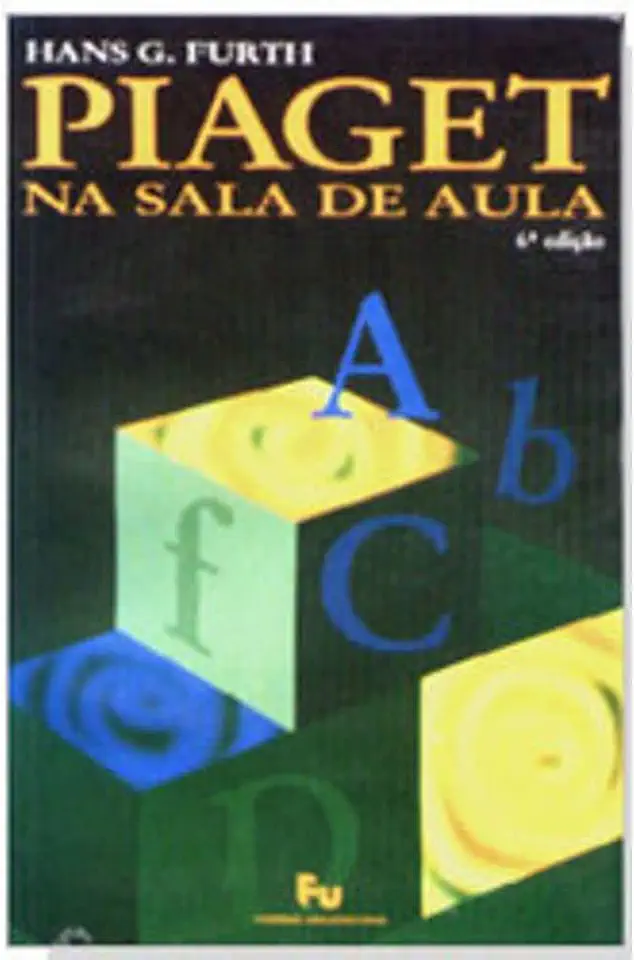
Piaget in the Classroom - Hans G. Furth
Piaget in the Classroom: A Guide to Applying Piaget's Ideas in the Classroom
Introduction
In his book "Piaget in the Classroom," Hans G. Furth provides a comprehensive guide to applying Piaget's ideas in the classroom. Furth argues that Piaget's theory of cognitive development offers a unique and valuable perspective on how children learn, and he provides practical strategies for teachers to use Piaget's ideas to create more effective learning environments.
Piaget's Theory of Cognitive Development
Piaget's theory of cognitive development is based on the idea that children's thinking develops through a series of stages, each of which is characterized by distinct ways of thinking and understanding the world. Piaget identified four main stages of cognitive development:
- Sensorimotor stage (birth to 2 years): During the sensorimotor stage, children learn about the world through their senses and motor skills. They explore their environment by touching, tasting, smelling, and listening to everything they can get their hands on. They also learn to coordinate their actions, such as reaching for objects and crawling.
- Preoperational stage (2 to 7 years): During the preoperational stage, children begin to use language and symbols to represent their thoughts. They can think about things that are not present in their immediate environment, and they can use their imaginations to create new worlds. However, their thinking is still egocentric, meaning that they have difficulty understanding the perspectives of others.
- Concrete operational stage (7 to 11 years): During the concrete operational stage, children develop the ability to think logically about concrete objects. They can understand cause-and-effect relationships, and they can solve problems by using trial and error. However, their thinking is still limited to concrete objects, and they have difficulty understanding abstract concepts.
- Formal operational stage (11 years and up): During the formal operational stage, children develop the ability to think abstractly and reason about hypothetical situations. They can also think about the future and make plans.
Applying Piaget's Ideas in the Classroom
Furth provides a number of practical strategies for teachers to use Piaget's ideas to create more effective learning environments. These strategies include:
- Using active learning methods: Piaget believed that children learn best by doing. Active learning methods, such as hands-on activities, experiments, and role-playing, allow children to explore their environment and learn through their own experiences.
- Providing opportunities for social interaction: Piaget believed that social interaction is essential for cognitive development. Children learn from each other by sharing ideas, discussing their thoughts, and working together on projects.
- Encouraging children to explore and experiment: Piaget believed that children learn best when they are allowed to explore their environment and experiment with new ideas. Teachers should provide children with opportunities to explore their surroundings, ask questions, and make mistakes.
- Being patient and supportive: Piaget's theory of cognitive development emphasizes that children develop at their own pace. Teachers need to be patient and supportive, and they should avoid pushing children to learn things that they are not ready for.
Conclusion
"Piaget in the Classroom" is a valuable resource for teachers who want to learn more about Piaget's theory of cognitive development and how to apply it in the classroom. Furth provides a clear and concise explanation of Piaget's theory, and he offers a number of practical strategies for teachers to use to create more effective learning environments.
Why You Should Buy This Book
If you are a teacher, or if you are interested in learning more about Piaget's theory of cognitive development, then I highly recommend that you buy this book. "Piaget in the Classroom" is a valuable resource that will help you to understand how children learn and how to create more effective learning environments.